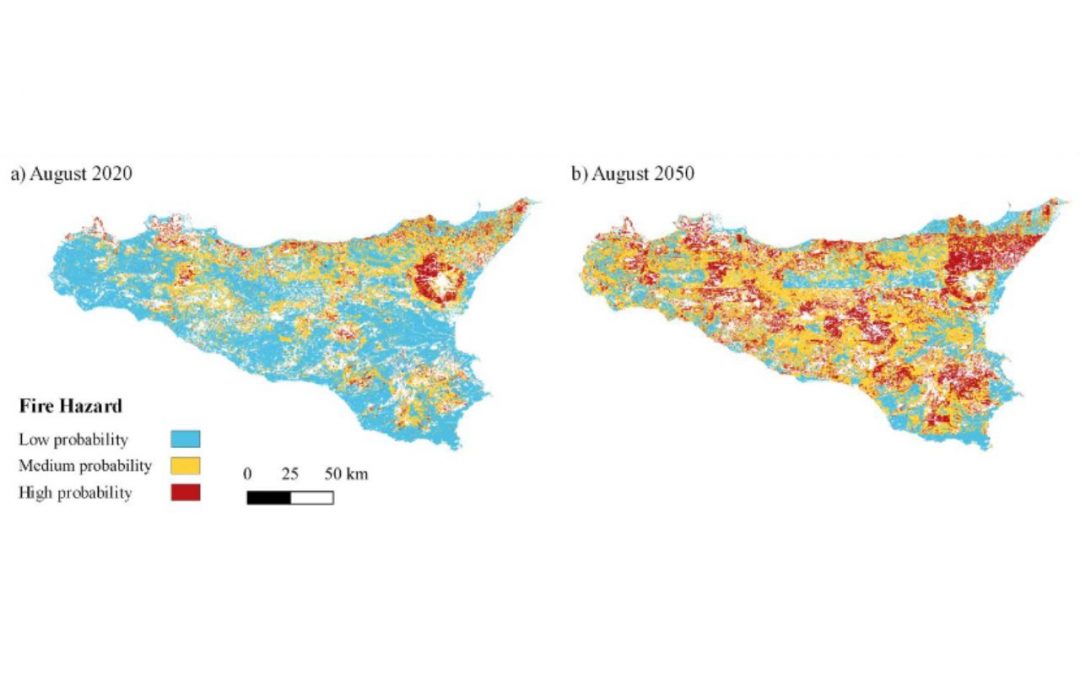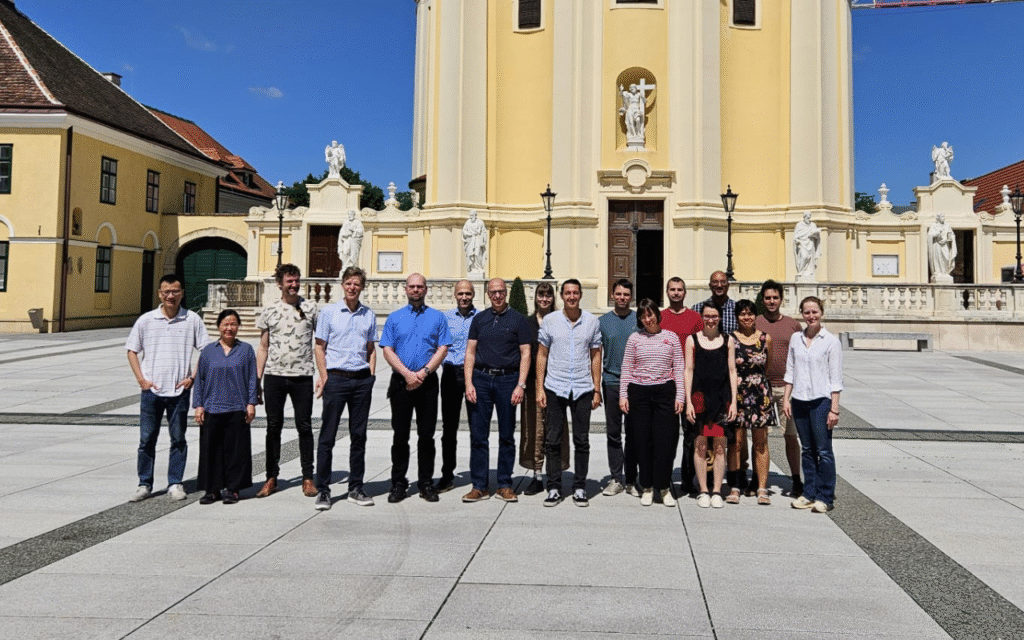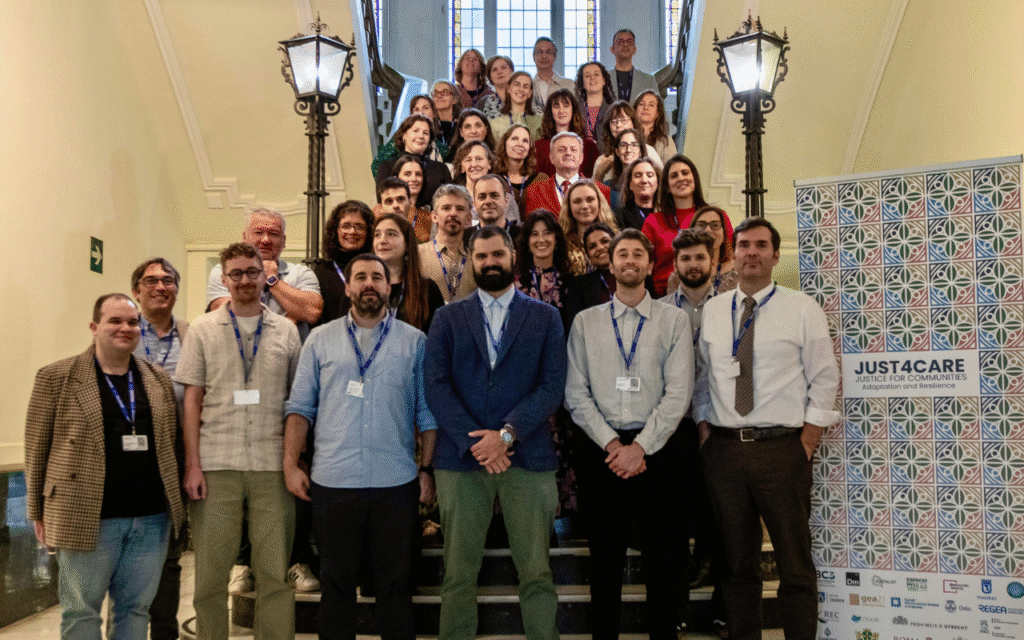New article by the ARIES team at BC3 develops a fire risk model for Sicily, Italy to assist in managing the ecosystems most susceptible to wildfires. By creating a comprehensive fire risk mapping model, the team aims to equip stakeholders with valuable insights and tools to mitigate fire hazards effectively.
Wildfires, while being a crucial factor in landscape transformation and vegetation succession, also pose significant threats to socio-ecological values. Sicily has been a witness to the impact of wildfires on its delicate ecosystems. In response to these challenges, a groundbreaking research project has been undertaken to develop a fire risk model for the region led by ARIES researcher Alba Márquez Torres.
This study integrates various data-driven models and analyses how to manage better vulnerable ecosystems affected by wildfires using k.LAB, which enables seamless integration of input data. Other advanced methods, such as GIS, Remote Sensing, and Bayesian Network algorithms, were harnessed to gain deeper insights into fire risk probability.
The research revealed that the wildland area with high fire probability occurrence will change from 8% to 27%, between 2020 to 2050 and a staggering 45% of vulnerable areas in the region are projected to be at high risk of fire danger by 2050. These findings underscore the urgent need for proactive wildfire management strategies.
Alba combined a fire hazard model with an exposure and vulnerability analysis, considering both present and future climate conditions. This holistic approach allowed for a comprehensive understanding of the factors influencing fire risk in the region.
We have studied the historical fires from the years 2000 to 2020, encompassing a dataset of 14,491 instances. Through our research, we have identified key factors significantly shaping fire occurrences in Sicily. These factors include atmospheric temperature, duration of rainless days, and the specific fuel types present- the classification of ecosystems according to their ability to burn. They all play pivotal roles in influencing fire dynamics.
Alba Márquez
PhD researcher, BC3
Recognising the importance of making research results understandable to all stakeholders, the research team incorporated qualitative risk indexes into their model outputs. This approach ensures that even non-technical individuals can grasp the implications of the study and actively participate in decision-making processes.
Data-driven approach holds significant promise for managing landscapes and preventing wildfires, especially in the context of climate change. By providing daily, spatially explicit results, fire risk models empower decision-makers to adopt proactive prevention measures.
Alba Márquez
PhD researcher, BC3
In accordance with the FAIR principles, all data and models utilized in the study were semantically annotated and made openly downloadable. Through this pioneering research, ARIES takes a significant step towards safeguarding the natural heritage of Sicily and its delicate ecosystems.




